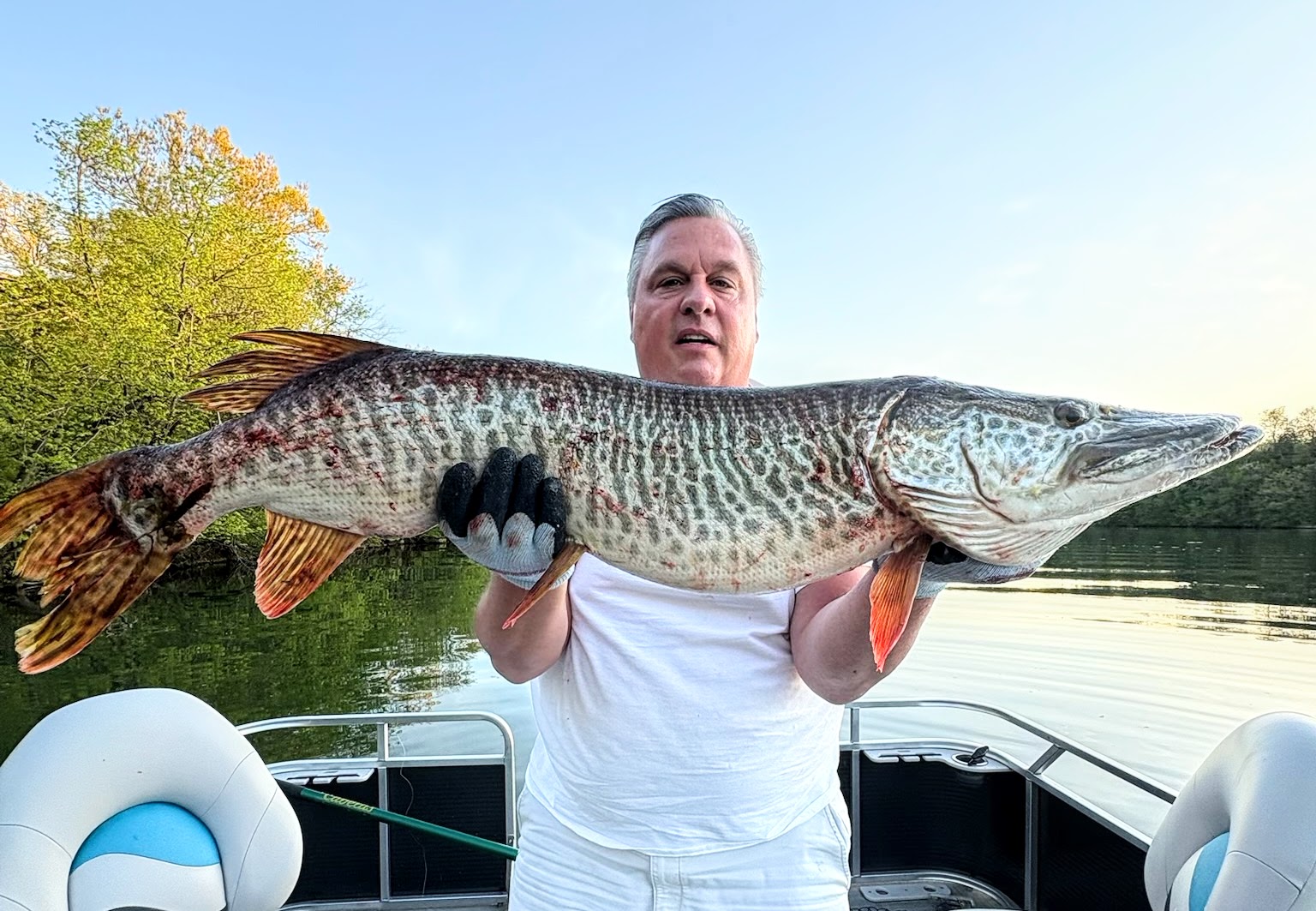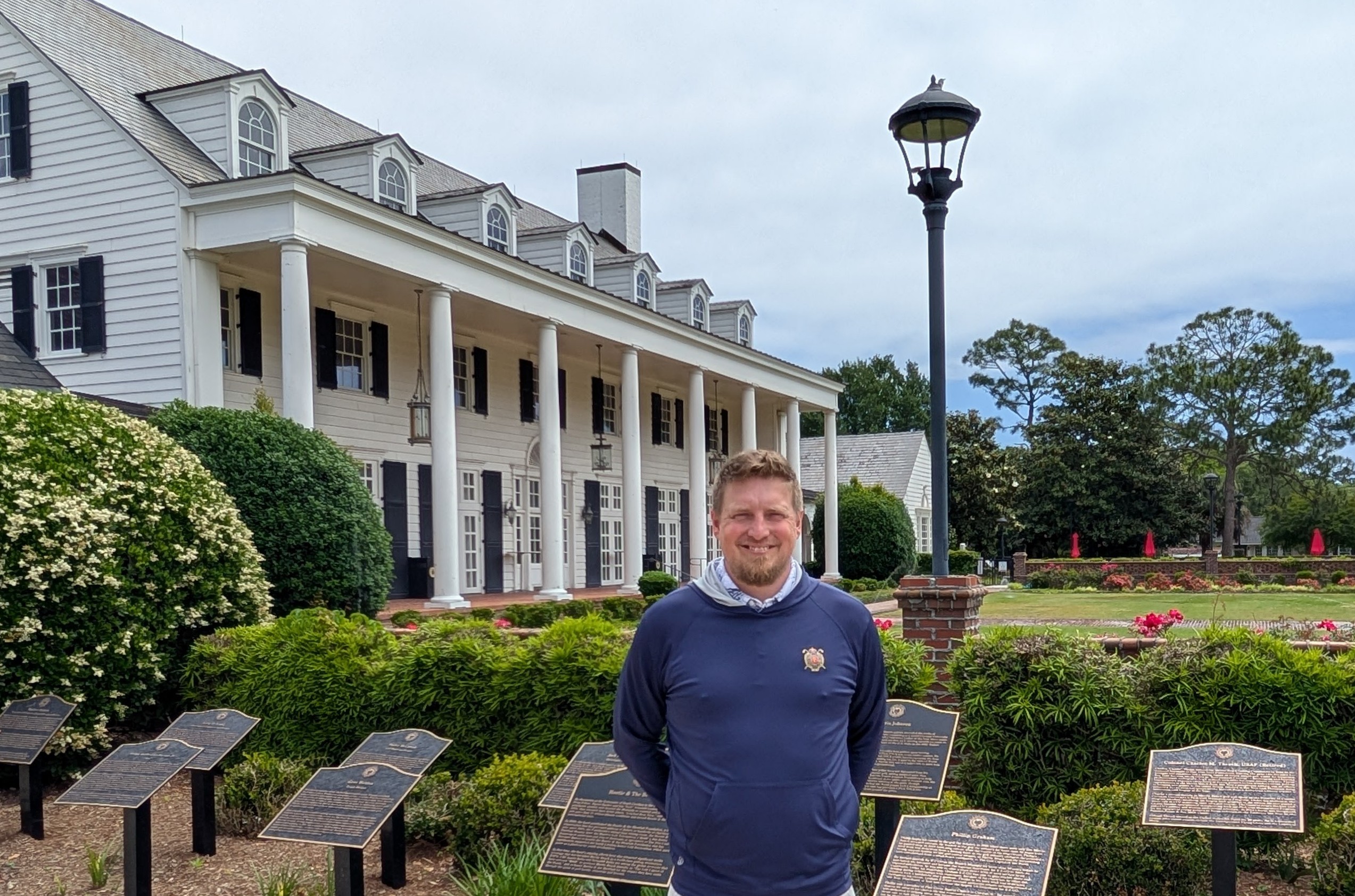
 GALENA, IL. — Since Mark Klausner took over the ownership of Eagle Ridge Resort & Spa seven years ago the facility has taken on an exciting fresh new look. That’s especially true this year.
GALENA, IL. — Since Mark Klausner took over the ownership of Eagle Ridge Resort & Spa seven years ago the facility has taken on an exciting fresh new look. That’s especially true this year.
“We continue to expand our horizons,’’ said Klausner, a resident of the Eagle Ridge area for 25 years.
“We’re re-inventing ourselves all the time,’’ said Colin Sanderson, the resort’s director of sales and marketing. “Since 2019 we’ve taken the profits and put it all back into the resort and we’ve been building partnerships within the area.’’
Already the resort has added the Smokehouse Barbecue to its dining options and celebrated a rare double honor for its 63-hole golf complex.
Coming soon will be a unique new package combining fishing with the golf. Details haven’t been announced yet, but the new package is a no-brainer. The golf has always been extensive, and fishermen have found great success in Lake Galena. The tiger muskies are biting, and one angler recently caught one that measured within an inch of the Illinois record.
Klausner remains especially proud of the Stonedrift Spa, which has been a big hit since its opening a year ago. The barbecue was a natural, too, as the Smokehouse – the brainchild of general manager Steve Geisz, a smoker enthusiast – fills a need for the entire area. Barbecue restaurants have been a rarity there, and the Smokehouse opened a month ago.
Eagle Ridge has added barbecuing at the Highland Restaurant, which adjoins The General golf course. Sun sails are also being added to the Highland to provide comfort for outdoor diners.
As for the golf, Scott Szbowicz was hired in the spring to revamp the instruction program. He’s been operating as a roving instructor in the Chicago area but has taken residence in the Galena area and will have an increasing presence at the resort.
The golf operation also got a big boost when the raters at GolfWeek magazine judged both Eagle Ridge’s oldest and youngest courses in the top 15 in Illinois. The General, an Andy North and Roger Packard design that opened in 1997, was ranked No. 7 and the North Course, which opened on July 4, 1977, was ranked No. 15.

“Selecting The General was obvious,’’ said director of golf John Schlaman. “It didn’t surprise me because it’s been in Golf Digest’s Top 100, but the North was a pleasant surprise. It was an honor to see the North on the list, and that’s not saying anything negative about our South course. They’re so different from each other.’’
The General is spectacular because of its elevation changes. There’s a 289-foot elevation change from the No. 1 hole to No. 18 and the signature fifth hole (formerly No. 14 prior to a recent and well-received decision to flip the nines) is a par-4 with a 189-foot drop from the tee to the green.
While the steep, winding cart path rides at the General can be exciting while requiring caution, the older North is longer than The General and a more likely tournament course. North is 6,884 yards from the tips and The General 6,726. The South is noted for having streams running through 11 of the 18 holes.
Six new blue chairs have been added at The General, providing an up close view of both the No. 10 tee and No. 18 green. The elevated patio at The Highlands also offers the same views there, making for a pleasant setting when players are finishing their rounds.
Schlaman was on board when The General made a high-profile grand opening, then he left for 14 years to head the then new Prairie Landing in the Chicago suburbs. He returned to Eagle Ridge as head pro at the South before moving up to his present position and has a good perspective on the evolution at Illinois’ premier golf resort.
“We’ve aged gracefully,’’ he said. “We have longevity approaching 50 years on our oldest course, and the property is super cool. Our rolling terrain is only in this part of the state.’’











































